Photos contribute far more than just colorful images to a story. They enhance your story and help tell it in a way that words alone cannot. Even more, strong photos can and should convey the spirit, tone and strength of our brand.
Photo Database
Check out our Public Photo Galleries for approved Augusta University photos. For other photo needs, please contact marketing@augusta.edu.
Photography Best Practices
Great photography showcases our university, supports our messaging and supports our brand. Follow these best practices to ensure your photography hits the mark.
Orientation
Keep in mind the photo’s end use. Web pages, social media and printed materials all have different expectations and limitations of the images they display. Increase your options by taking both vertical and horizontal photographs.
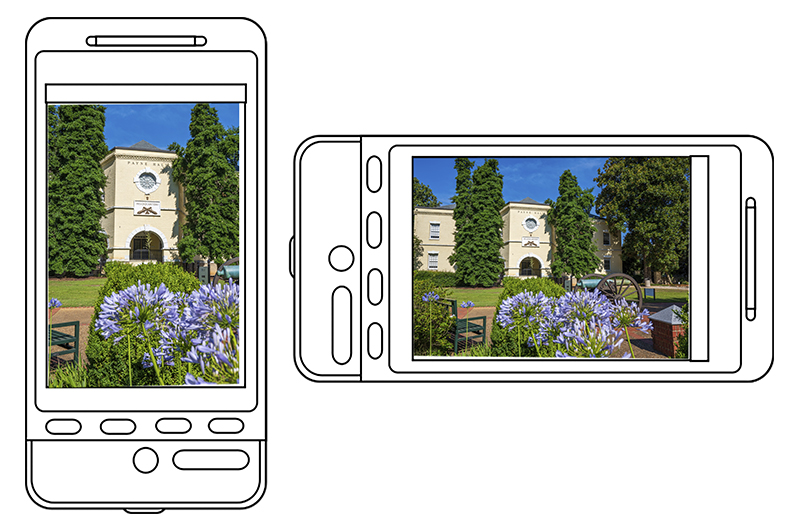
Focal point
Make sure you have a focal point for your photo. Focal points draw people into your image and have a big effect on image readability. Make the subject the main attraction.
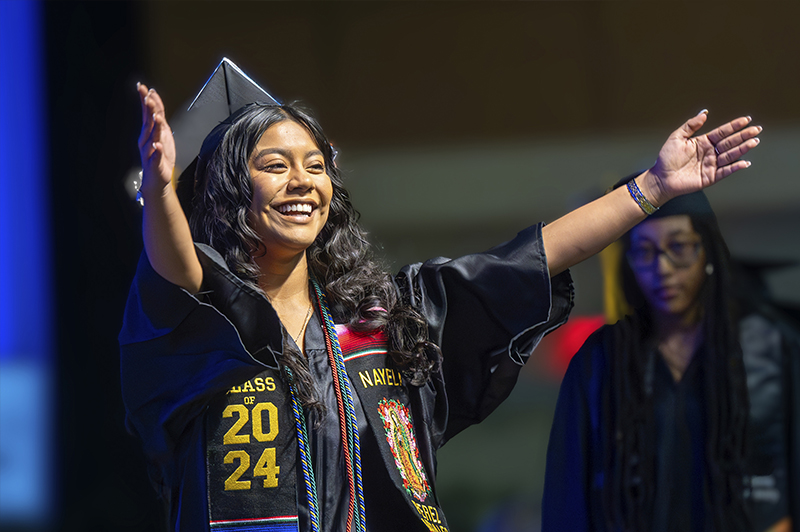
Context
What is your subject experiencing? What events have led up to this point? Think carefully about the photo’s overall composition. Would a different location, better choices of clothing or props improve the result?
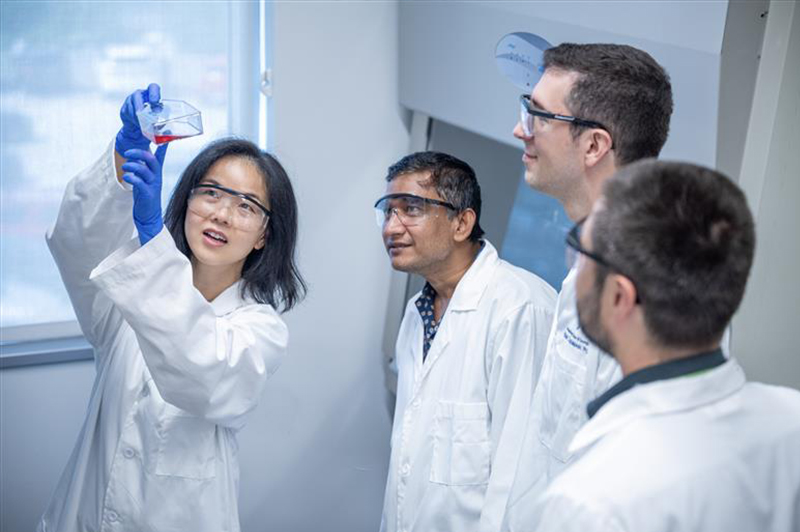
Negative space
Don’t forget to incorporate negative space — empty space around the subject — in your images. This creates balance and helps accentuate the subject. It also allows text or graphics to be overlaid on the photo more easily.
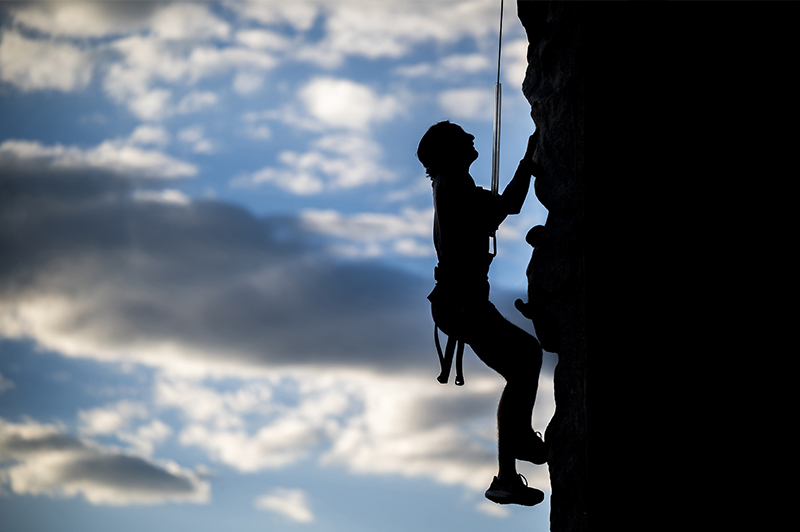
Attention to detail
Avoid clothing with tight/busy patterns or all-white clothing, which cameras and monitors struggle to reproduce. Avoid showing clothing with logos from other universities, any content (e.g., t-shirts) with offensive messages, or branded food or beverage packaging as it distracts audiences and sends a mixed message.
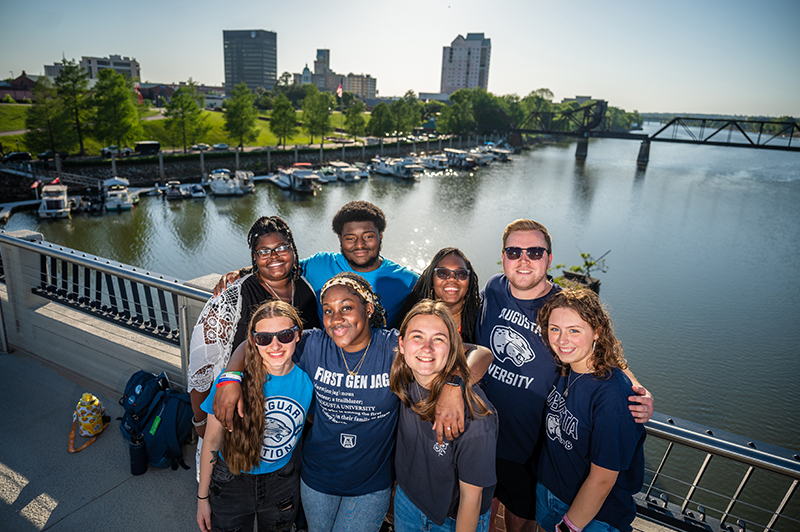
Brand colors
Look for opportunities to include brand colors in the overall composition of your photo. This can be achieved in the background, wardrobe, props or other objects included in the shot. When possible, choose images of students wearing school colors, especially when those images are used in highly visible settings.

Lighting
Use plenty of natural light, but be cautious when photographing toward windows, as the brightness will make it difficult to capture the subject well. If you are not using lights, direct your subject to face the window so natural light illuminates them.
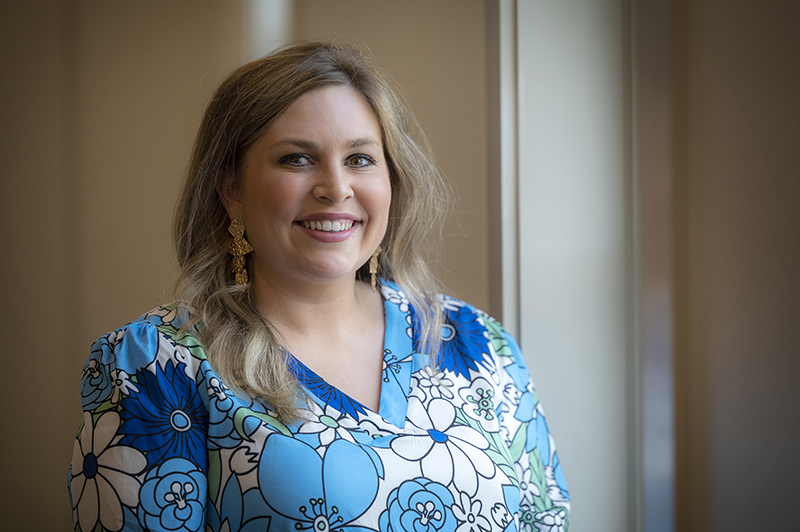
Location restrictions
Be aware that in some campus locations photography and recording are not permitted unless specifically authorized. Examples include research labs, or locations where intellectual property is created. Always check with the departments or units using that space to be sure a location is approved for a shoot.
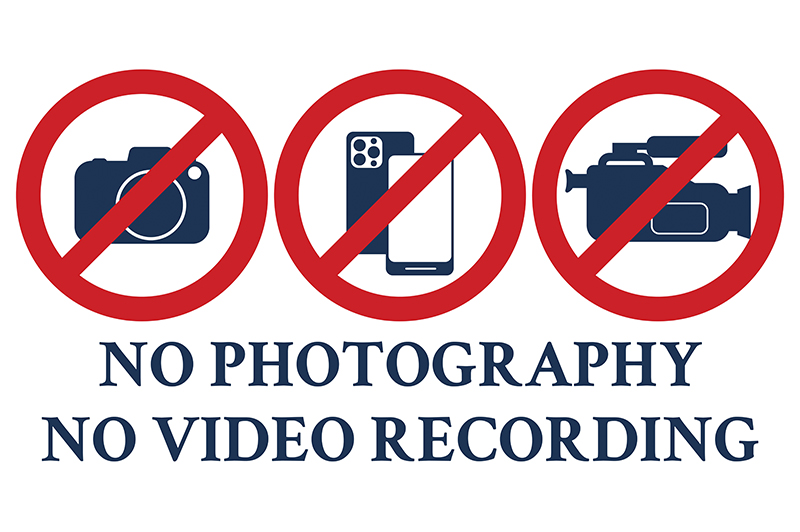
Image Formats
High-quality images support our university brand. Always save the image at the top quality and resolution to maximize your options, and then select the right image format for the intended usage.
Remember, file types that work great online may not work as well for printed materials. Some images can be scaled to large sizes while others cannot. Below is a helpful chart to get you started.
| If you need: | Consider these formats: |
| Transparent Background | PNG, WebP, TIFF, EPS |
| Animation | WebP, GIF (simple), PNG (limited) |
| Vector File / Scalability | EPS*, SVG |
| High Quality printing | TIFF, PNG, JPG |
| Web Photos | JPEG, WebP |
*EPS files are really only scalable for vector art. If they contain a photo (raster-bitmap info), the image will lose quality when scaled larger.
